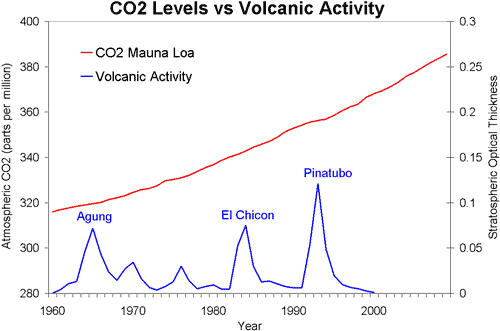
“According to the U.S. Geological Survey (USGS), the world’s volcanoes, both on land and undersea, generate about 200 million tons of carbon dioxide (CO2) annually, while our automotive and industrial activities cause some 24 billion tons of CO2 emissions every year worldwide.“ - Scientific American
Volcano output compared to industry: 0.83%
“Using estimates from 2005, 2007 and 2008, the researchers found that agricultural production provides the lion’s share of greenhouse-gas emissions from the food system, releasing up to 12,000 megatonnes of carbon dioxide equivalent a year — up to 86% of all food-related anthropogenic greenhouse-gas emissions. Next is fertilizer manufacture, which releases up to 575 megatonnes, followed by refrigeration, which emits 490 megatonnes. The researchers found that the whole food system released 9,800–16,900 megatonnes of carbon dioxide equivalent into the atmosphere in 2008, including indirect emissions from deforestation and land-use changes.” - Nature
Sourced from: Vermeulen, S. J., Campbell, B. M. & Ingram, J. S. I. Annu. Rev. Environ. Resour. 37, 195–222 (2012).
https://www.annualreviews.org/doi/full/10.1146/annurev-environ-020411-130608
“In 2016, methane (CH4) accounted for about 10 percent of all U.S. greenhouse gas emissions from human activities. Human activities emitting methane include leaks from natural gas systems and the raising of livestock. Methane is also emitted by natural sources such as natural wetlands. In addition, natural processes in soil and chemical reactions in the atmosphere help remove CH4 from the atmosphere. Methane's lifetime in the atmosphere is much shorter than carbon dioxide (CO2), but CH4 is more efficient at trapping radiation than CO2. Pound for pound, the comparative impact of CH4 is more than 25 times greater than CO2 over a 100-year period.”
- EPA
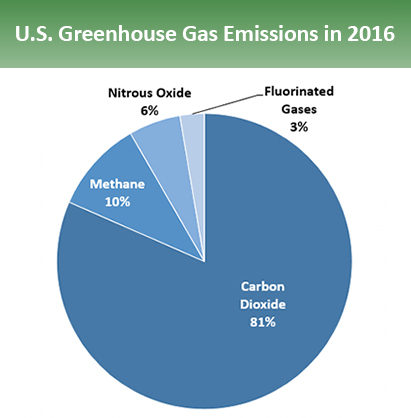
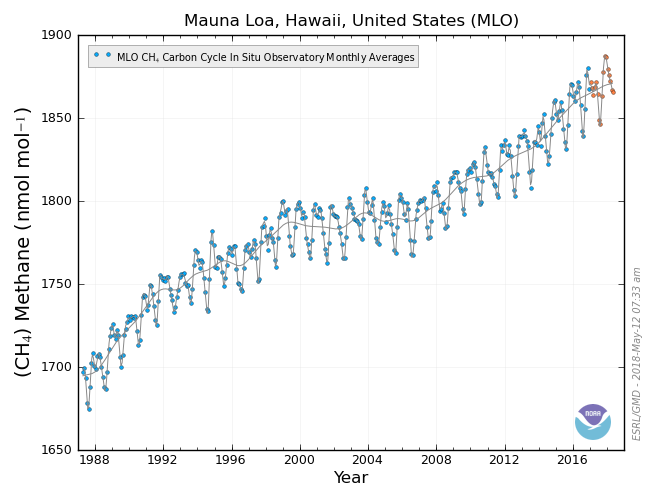
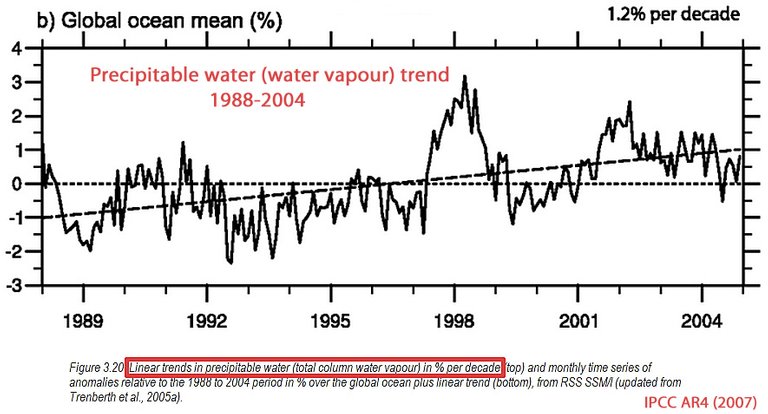
“Water vapour is the primary greenhouse gas in the Earth’s atmosphere. The contribution of water vapour to the natural greenhouse effect relative to that of carbon dioxide (CO2) depends on the accounting method, but can be considered to be approximately two to three times greater.”
— IPCC AR5 Chapter 8, page 666
“Figure 7 is FAQ 1.1 Figure 1 from page 96 of AR4 [IPCC, 2007]. It shows the radiation balance for the earth and that the back radiation of all of the greenhouse gases is 324 W m-2. This is the value used to calculate the RF [radiative forcing] of CO2 at 378 ppmv as (8.67/324)/100 = 2.7% back radiation of the total of all of the greenhouse gases. … From Table 1, CO2 accounts for 2.7% of the global warming while all of the other gases [i.e., methane] account for approximately 0.7% for a total of approximately 3.4%. It becomes evident that, on average, water vapour accounts for approximately 96% of the current global [greenhouse effect] warming. This is an important finding because it leads to the conclusion that the factors controlling the average level of water vapour in the atmosphere also control atmospheric temperature.”
“[O]n average, each molecule of CO2 is surrounded by approximately 23 molecules of water vapour at ground level [i.e., water vapour is 23 times more abundant in the atmosphere than CO2]. … If the warming effect of water molecules and CO2 molecules were the same, then the contribution of CO2 would be (1/22.7) = 4.4% of that of water vapour. But from the previous section, water molecules are 1.6 times more effective at warming than CO2 molecules. Using this value and the ratio of 22.7:1, the contribution of CO2 to warming of the atmosphere is approximately (1/22.7)/1.6 = 2.8% of that of water vapour. As water vapour is approximately 96% of the total RF of all of the GHG, the contribution of CO2 is approximately 4% less than this, i.e., 2.69%. If the average RH were 60%, the contribution of CO2 would be ((1/27.4)/1.32) x 0.96 = 2.65%. For practical purposes, these values are the same as the 2.7% obtained by the quadratic model.”
-Lightfoot and Mamer, 2014
“The reduction in total cloud cover of 6.8% [between 1984 – 2009] means that 5.4 Wm−2 (6.8% of 79) is no longer being reflected but acts instead as an extra forcing into the atmosphere… To put this [5.4 Wm-2 of solar radiative forcing via cloud cover reduction between 1984-2009] into context, the IPCC Fifth Assessment Report…states that the total anthropogenic radiative forcing for 2011 relative to 1750 is 2.29 Wm−2 for all greenhouse gases and for carbon dioxide alone is 1.68 Wm−2. The increase in radiative forcing caused by the reduction in total cloud cover over 10 years is therefore more than double the IPCC’s estimated radiative forcing for all greenhouse gases and more than three times greater than the forcing by carbon dioxide alone [from 1750 to present].”
-McLean, 2014
Region specific: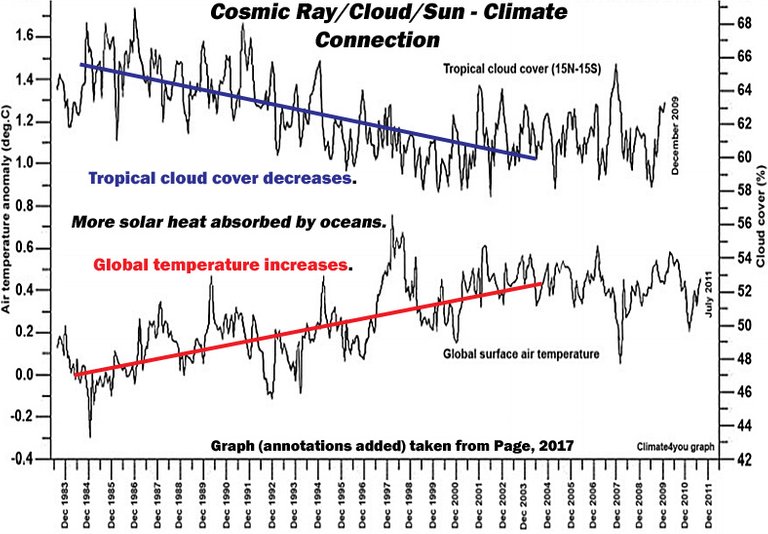
CH4 persistence: 12 years.
NOx persistence: 114 years
CO2 persistence: Between 65% and 80% absorbed by ocean over 20–200 years.
Source: Carbon Brief
Nitrogen (N2)
78.08%
Specific heat: 1.039 kJ/kgK
Oxygen (O2)
20.95%
Specific heat: 0.910 kJ/kgK
Water (H2O)
0 to 4%
Specific heat: 1.996 kJ/kgK
Argon (Ar)
0.93%
Carbon Dioxide (CO2)
0.0360%
Specific heat: 0.846 kJ/kgK
Neon (Ne)
0.0018%
Helium (He)
0.0005%
Methane (CH4)
0.00017%
Specific heat: 4.475 kJ/kgK
Hydrogen (H2)
0.00005%
*Nitrous Oxide (N2O)
0.00003%
Specific heat: 0.88 kJ/kgK
*Ozone (O3)
0.000004%
Specific heat (approximate without degrees Kelvin): Various sourcesSource: http://tornado.sfsu.edu/geosciences/classes/m201/Atmosphere/AtmosphericComposition.html
Detailed formula for specific heat of atmospheric gases:
“The thermal energy stored (the heat being stored and removed from any system by radiation) by 0.00069 Kg/m^3 of CO2 is equivalent to 0.007 °C. Then an increase of 381 ppmv of atmospheric CO2 causes an increase of its temperature. However, the heat stored by the CO2 is not equivalent to 0.007 °C. The reason being CO2 is a poor absorber-emitter of heat and so it cannot store heat for long periods of time. Theoretically, we obtain a change of temperature of the atmospheric CO2 of 0.01 °C, which is not the change of temperature of the whole atmosphere.”
Source above.
http://www.biocab.org/Heat_Stored_by_Atmospheric_Gases.html
“A paper published in Science magazine last year showed that the dominant source of 13C (carbon-13) in methane was shifting on a global basis. Carbon-13 is useful in that it can distinguish different sources of methane from one another. For example, isotopic analysis suggests a new trend away from oil and gas sources in the 21st century and indicates that global agriculture may be responsible for the recent increase in atmospheric methane.”
- Forbes (cannot access source link for details.)
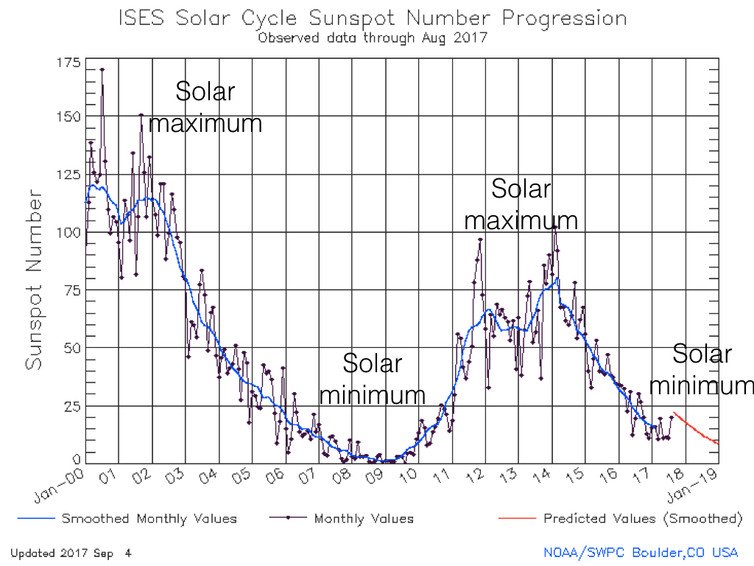
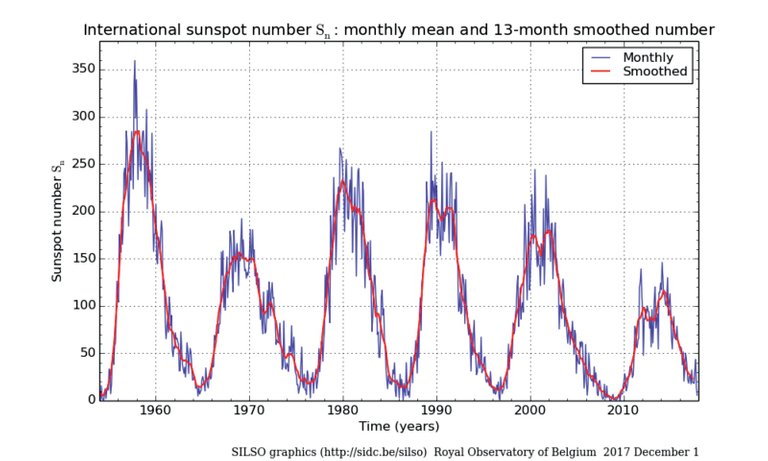
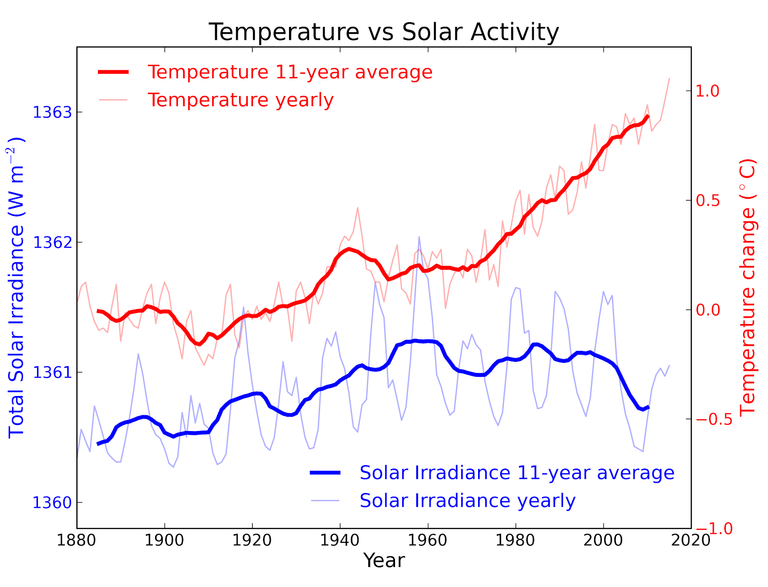
“About 29 percent of the solar energy that arrives at the top of the atmosphere is reflected back to space by clouds, atmospheric particles, or bright ground surfaces like sea ice and snow. This energy plays no role in Earth’s climate system. About 23 percent of incoming solar energy is absorbed in the atmosphere by water vapor, dust, and ozone, and 48 percent passes through the atmosphere and is absorbed by the surface. Thus, about 71 percent of the total incoming solar energy is absorbed by the Earth system.”
https://earthobservatory.nasa.gov/Features/EnergyBalance/page4.php
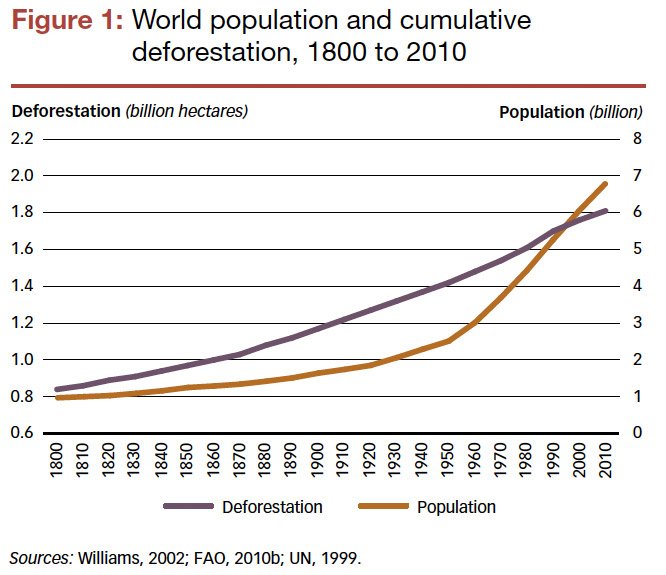
(Strongest correlation outside of greenhouse gases yet)
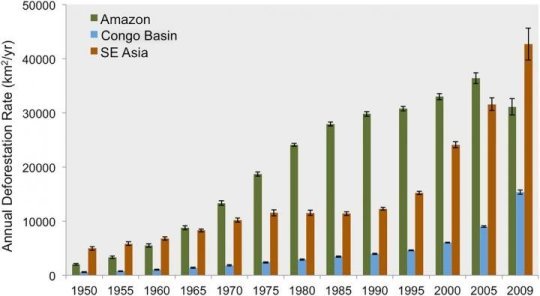
This is not finished, so I'm posting it anyway, hoping someone out there knows where to find the missing pieces of the research puzzle:
Total heat output by industry and humanity.
Total heat output from geothermal sources.
Total heat absorption by concrete and asphalt in cities.